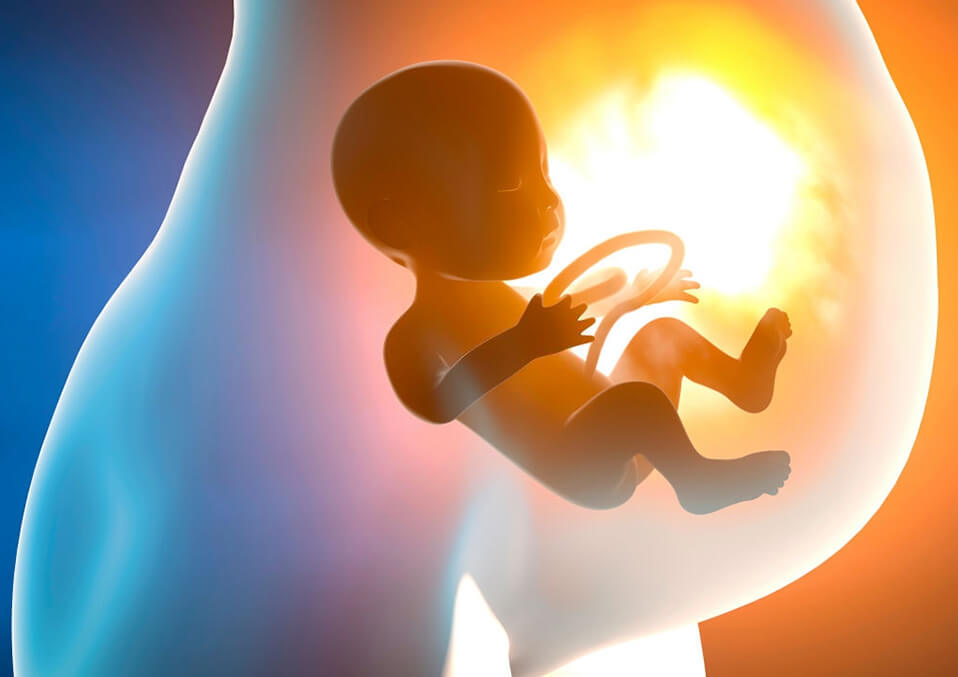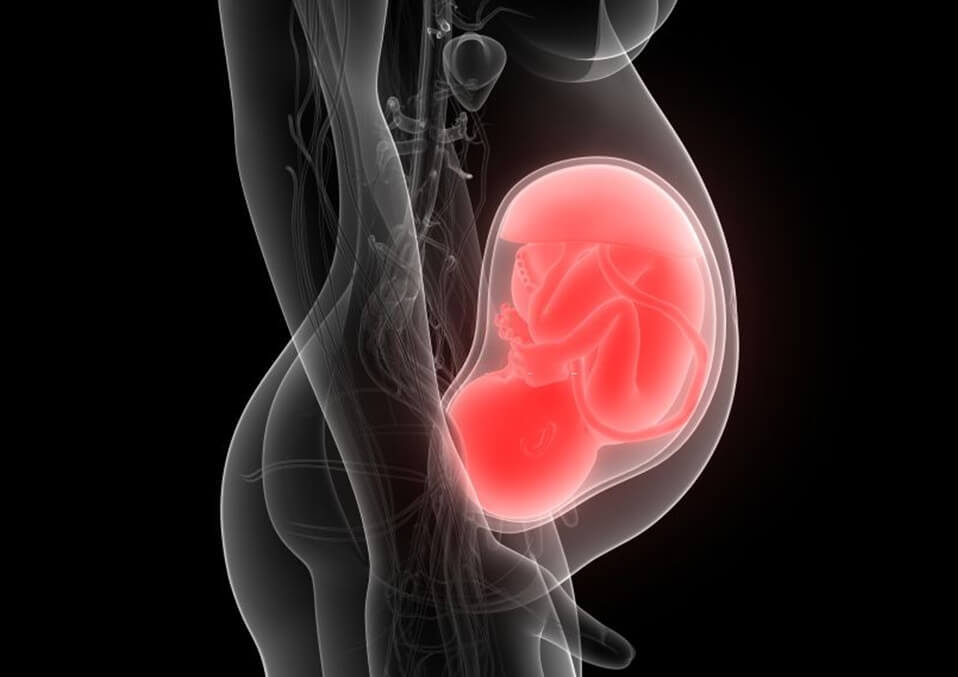One of the most common concerns of mom-to-be is if their baby is heading down inside the womb. Knowing the baby’s position can help prepare for labor and delivery. Also, it helps to talk with your birth plan with your doctor, since the position of the baby in the woman affects the labor.
If you’re an expectant mom and want to have a smooth delivery, continue reading this article to know how to solve the baby’s position in the uterus through this belly mapping workbook.
Belly mapping is increasing popularity as a home technique of knowing your baby’s position. If you want to understand how to do a belly mapping, the following is the guideline on the things to keep in mind and how to be on the right track
How to do belly mapping

1. Find the baby’s head.
Go to a comfortable and quiet room where you can focus on baby’s movements with no distractions for about 15 to 30 minutes. Often, it’s easier to locate the position of the baby if you partially lounge or if it is not too uncomfortable, you can lie down on your back.
2. Calm down and take a deep breath and slowly to detect movements.
First, locate the baby’s head. Apply delicate pressure using the fingertips to the higher part of your pelvis/pubic bone. Once you feel something hard or round, it’s possibly the head. But if you feel something round but softer, it’s likely the baby’s bottom. The baby is likely to be heading down if you have felt hiccups below in your belly.
Once you have located the baby’s head, mark this part with a circle either on your tummy or the paper.
3. Locate their back.

After locating the head, move hands along the stomach, if you feel a hard, long, smooth mass, then it’s probably the back of the baby.
There are times that you can feel it fully on one side of the belly or another. Put a mark with a curved line either on your skin or on the paper. If you don’t feel any hard mass, this means that the baby’s back parallel with your back, in a posterior position. If so, you can feel more limbs or a gentler mass in which your baby kicks upper belly in contrast to their spine.
4. Use your doll prop.
With the position of the circle and line in your skin, you know where her/ his limbs may be. Now, use the model around to mirror what you already drew on your skin and use the feeling of movement and kicking your experience to picture out your baby position vertex.
5. Know the many baby positions.

Head down or breech are the two most common baby positions, but also there are different positions of the baby during pregnancy.
Head Down – 97% of babies are on the head-down position when labor time comes after 37 weeks.
Breech – these include various breech stances, depending on the legs and feet of the baby. They can be feet first, bum first or cross-legged.
Posterior – sometimes called “sunny side up,” where the baby faces away from towards the mother’s tummy button.
There are various other possible positions for the baby and head down isn’t the only indicator of good baby positioning. The position of your baby in the uterus can always change, particularly in the 1st and 2nd trimesters, before their belly becomes bigger.
No matter how long you are pregnant, there are many choices that you can talk to your doctor or healthcare provider. They may consist of exercises to get baby in an optimal position, alternative treatments and doctor-led medications to turn your baby in the head-down positioning. Essentially, the first step would be to check the position of your baby with your healthcare specialist or doctor. Keep in mind to only take the next steps with their recommendation, advice, and guidance.
Bottom Line
How to tell baby position in the womb or belly mapping can be a great exercise to partake in other family members in your healthy pregnancy development. Couples can help with finding the position of the baby in your tummy, keeping them closer to you and the growing little one. Siblings may even love marking the vertex baby position on your cues.
Read also:
- Healthy Pregnancy: Effects of Breastfeeding and Drinking Alcohol
- Postpartum Survival Kit: Everything You Need To Minimize Your Pain
- 5 Amazing Things To Know And Put On Your Printable Pregnancy Journal


